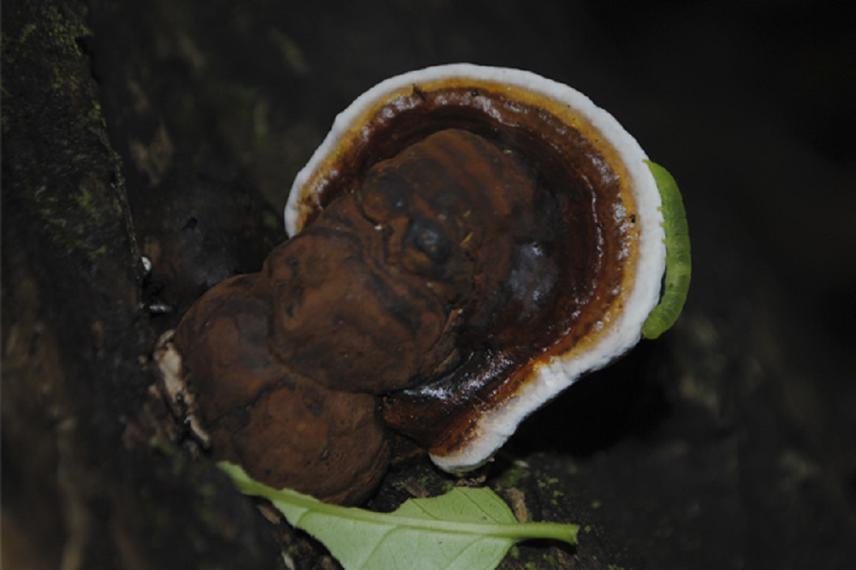Milay Cabarroi Hernández
Other projects
29 Jun 2015
Conservation Status of Cuban White-Rot Fungi: First Steps to Modelling of the Potential Distribution of Ganoderma in Eastern Cuba
To increase the knowledge on the diversity and distribution of Ganodermataceae and will use it as a pilot to develop criteria and methods for recognising the threatened fungi of Cuba.

Fungi are a key group for soil formation and nutrient cycling, without them, life on earth would be impossible. Despite this, recognition and protection of threatened fungi has been until recently been almost ignored. In Cuba the bracket fungi in the Ganodermataceae are of huge economic importance as parasites of woody plants, while other are an important medical resource. However, the study of fungi always lagged behind other groups of organisms.
The goal of the present project is assess the diversity and distribution of this family from Cuba because it is a first step leading to ecological and economic benefits to the country; to contribute to the knowledge about the geographic range of the species of Ganodermataceae as well as to promote the fungi culture in Cuban people as a crucial step to know the species for their protection and preservation. We need to increase local knowledge of the potential of fungi in medicine, for instance. On the other hand, to know the species will allow putting control mechanisms in place for the species pathogens. For the execution of this project we will to making an extensive field and herbarium studies of Ganodermataceae from Cuba, emphasis in the Biospheres Reserves of Central and Western Cuba, will to studies their features, ecological aspects and distribution.
All of this information about fungi and their host will be captured in a database and will be given to authorities of conservation management in the National System of Protected Areas of Cuba. The materials of the studied specimens will be deposited in our mycological collections. We will determinate the relationships among the fungi species and their hosts. In addition, a field guide for identification of Cuban species of the family Ganodermataceae, and their important use and role in the ecosystems will be published, is very important to promote the environmental education about fungi and their importance.